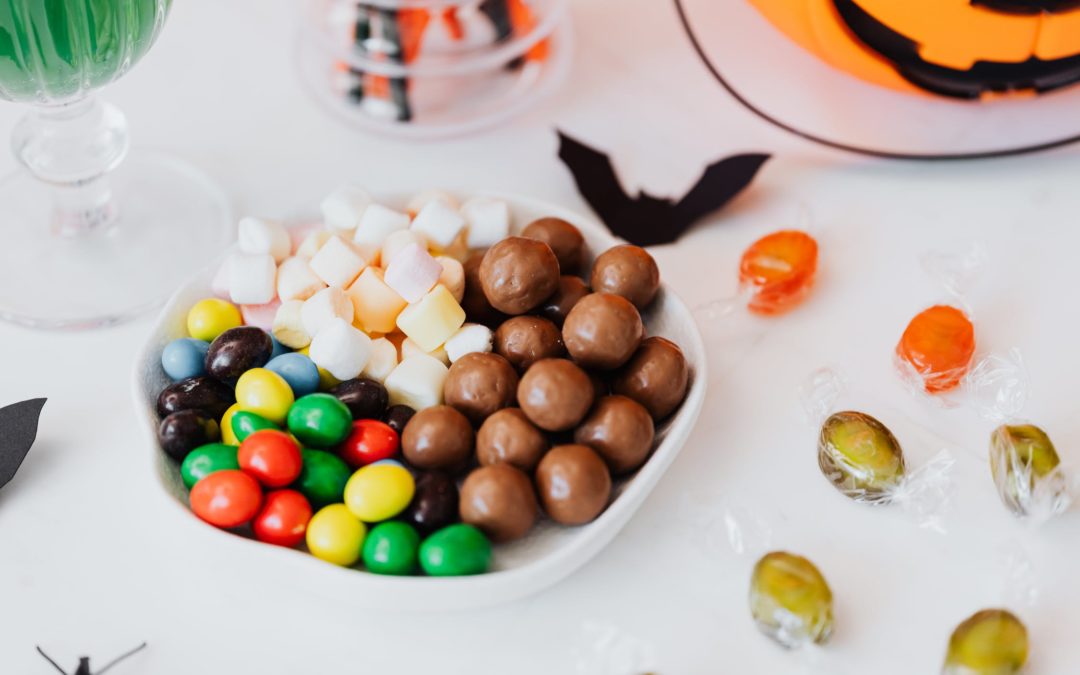While Halloween is usually a fun and exciting day for children, it is also a day of increased risk for children with food allergies. Parents raising children with food allergies already take many precautions every day to keep their children safe, and Halloween adds an extra layer to that caution. Six out of the eight main allergens are typically in high circulation during this time. Wheat, milk, soy and egg are used in many chocolates and other sweets. When your child gets candy from multiple families on the street, you have zero control over what candy they are given and even a small amount of an allergen could cause anaphylaxis. Fortunately, there are ways to keep your child safe while also making sure they don’t feel left out by not being able to participate in parties and trick-or-treating.
1. Talk to Your Neighbors
The first and easiest way to help your child is to have an open dialogue with your neighbors. Many parents with children without food allergies just aren’t aware of the dangers and don’t consider it on a daily basis the way food allergy parents have to. They may even want to buy allergen-free candy but aren’t sure what kind to look for. It can be helpful to share with them what to look for or give them recommendations so they have that option on hand to pass out to children.
2. Read All Labels
Reading food labels is good advice for any food, but especially important when it comes to snack-size or miniature treats. These are sometimes processed in a different facility than the regular-sized counterparts. The FDA is required to disclose any of the eight main allergens present in the ingredients on labels. Alternatively some labels use the term “May contain…” an allergen. This type of labeling is voluntary. Because many individual snack-size products don’t have an ingredients list on their packaging, you’ll need to look up their ingredients online to be sure that they’re safe for your child to eat.
3. Plan Ahead
It’s always a good idea to have a plan in place to navigate Halloween. Discuss ahead of time with your child what candies are safe for them to eat and which they should not. Remind them not to blindly take food from friends or grab whatever food they find. Education and proper involvement are key ways to help and empower your child to make the best decisions for their own health.
4. Have an Emergency Plan
It’s always a good idea to have a plan in place to navigate Halloween. Discuss ahead of time with your child what candies are safe for them to eat and which they should not. Remind them not to blindly take food from friends or grab whatever food they find. Education and proper involvement are key ways to help and empower your child to make the best decisions for their own health.
4. Trade or Donate
A fun way to offset any candy your children receive that they can’t eat is to trade with them. Swipe any unsafe candy for a safe snack, small toy, or other prize. Additionally, donate the unwanted candy to a local charity or food pantry.




